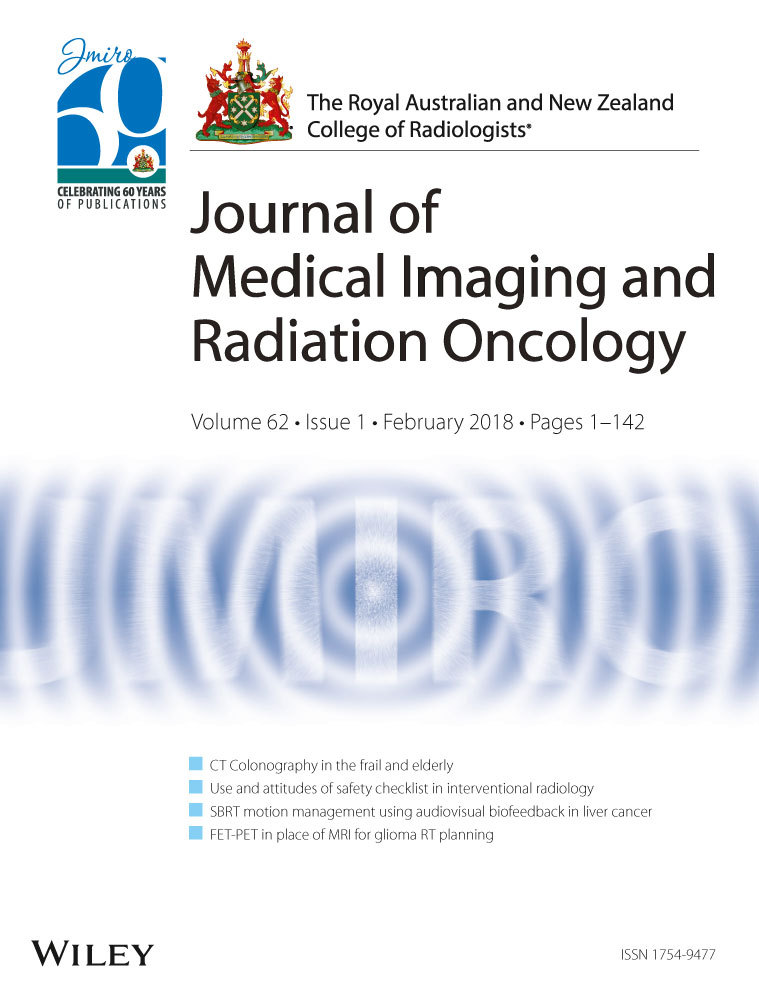Three-year experience with interventional neuroradiology for management of cerebral aneurysms at a single Australian centre
Abstract
Introduction
Over the last decade interventional neuroradiology (NR) has become the mainstay of managing cerebral aneurysms. The aim of our study was to review our growing experiences with interventional NR and quantify morbidity and mortality associated with these procedures.
Methods
The electronic medical records of all patients admitted to the Gold Coast (University) Hospital Intensive Care Unit following subarachnoid haemorrhage (SAH) or elective interventional NR management of cerebral aneurysms between January 2012 and December 2014 were retrieved. Primary outcomes of interest were death, thromboembolic and haemorrhagic events during hospital admission.
Results
One hundred and fifty-two patients underwent interventional NR procedures for cerebral aneurysms. This consisted of 92 (60.5%) elective cases and 60 (39.5%) emergency cases following SAH. The all-cause mortality rate and the rate of thromboembolic and haemorrhagic events for the entire cohort were 5.9%, 11.2% and 7.2% respectively. Intra-procedural complications occurred in 6.6% of the entire cohort. Median length of follow-up was 448 days, with 91.6% of the entire cohort followed up. At follow-up, 64.1% of patients had no neurological deficits, 29% had mild non-specific deficits and 6.9% had significant disability.
Conclusions
Interventional NR represents the primary treatment modality for all patients presenting to our service with cerebral aneurysm. Our results are encouraging and are comparable to published data in the international literature. Reducing the burden of thromboembolism in patients undergoing endovascular treatment of their aneurysmal disease is our main research focus currently, and we aim to improve outcomes for this patient group.




